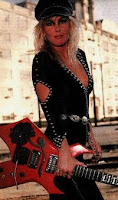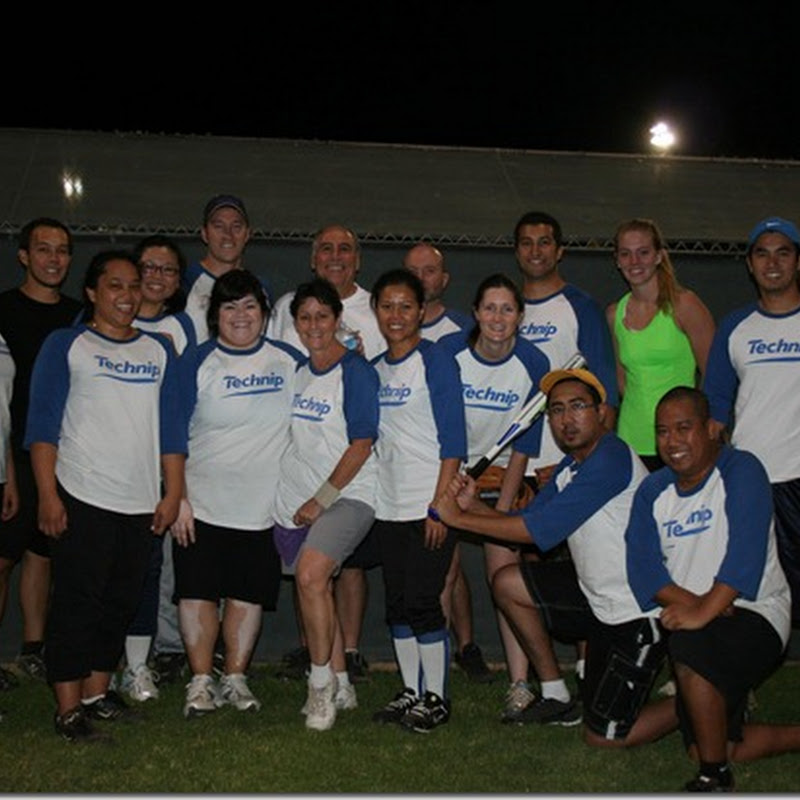
Name: Duane Eddy
Born: 26th April, 1938 (Corning, New York, USA)
Profile: He is a Grammy Award-winning American guitarist. He was inducted into the Rock & Roll Hall of Fame in 1994. He was one of the earliest guitarist to have a signature series guitar (under Guild guitars endorsement deal).
History: He took up guitar at the age of 5, learning first on an old Martin acoustic. For his 13th birthday, he was given a Gibson Les Paul, which he had traded in for a Gretsch Chet Atkins by the time he was 15 years old, when he was sitting in at local roadhouses with Al Casey's band.
In 1954 (Arizona), Eddy met Lee Hazlewood, who would become his longtime partner, co-writer and producer. They both moved to Phoenix, where Eddy formed a band known as "The Rebels", his commercial success was all about sound, feel and basic melody. He reaped considerable benefit from this enforced discipline, becoming the biggest-selling instrumentalist of his day.
In 1957, Eddy was 19 years old when he cut his first hit song at Audio Recorders Studio, Arizona. At the time, many people thought that he tuned his guitar down. In fact, Eddy would write and play most of the tunes in A and E, allowing open-sting rot notes to ring on. Later, he would tune his guitar down a semi-tone so that his fingerings would be the same but he could play in A flat and E flat, or he would tune up a semi-tone to play in F and B flat. Later, he experimented further.
Influences: Chet Atkins, Les Paul, Howard Roberts, Charlie Christian, B.B. King and Barney Kessel.
Axology: Gretsch guitar model 6120 Chet Atkins, Guild guitars signature series, Magnaton amplifier and Tom Macormack custom-made 100w
Link(s):
http://www.youtube.com/watch?v=oVveJKV4ivQ
http://www.youtube.com/watch#!v=o_76N2Q0NOo&feature=related














































